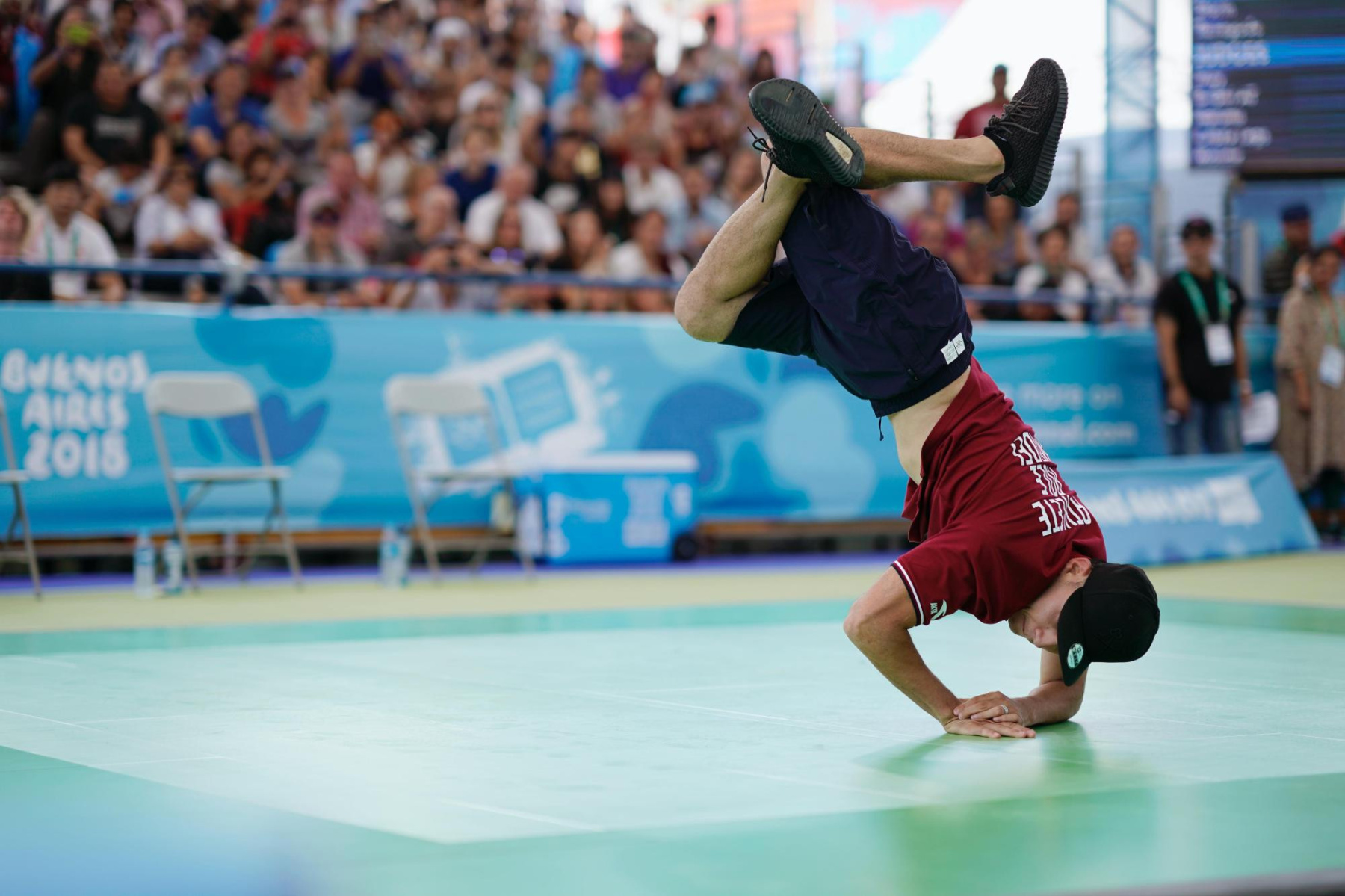History and Evolution of Breaking: Olympic Breaking

Breaking, a vibrant and dynamic dance form, has a rich history that spans decades, evolving from its roots in the streets of the Bronx to its current status as an Olympic sport. This journey is marked by the contributions of countless individuals and the emergence of diverse styles and techniques, shaping the breaking scene we know today.
Origins and Early Development, Olympic breaking
Breaking originated in the 1970s in the South Bronx, New York City, during a period of social and economic upheaval. It emerged from the street dance culture of the time, drawing inspiration from African American and Latin American dance traditions. Early breaking styles, such as the “Top Rock” and “Footwork,” emphasized improvisation, rhythm, and physicality.
“Breaking was born out of the streets, out of the struggles and creativity of the people. It was a way to express ourselves, to challenge ourselves, and to connect with each other.” – The Rock Steady Crew
Breaking gained popularity in the 1980s, spreading through the United States and beyond. This period witnessed the rise of iconic crews like the Rock Steady Crew, the Furious Five, and the New York City Breakers, who popularized breaking through performances, competitions, and music videos. These crews pushed the boundaries of the dance form, developing new moves and techniques, and contributing to the development of a distinct breaking culture.
Evolution of Styles and Techniques
The evolution of breaking has been characterized by the emergence of diverse styles and techniques, each reflecting the unique experiences and influences of its creators.
- Power Moves: These moves emphasize strength, acrobatics, and dynamic transitions. They often involve complex rotations, flips, and spins, requiring a high level of athleticism and technical skill. Examples include the “Windmill,” “Headspin,” and “Backspin.”
- Footwork: Footwork involves intricate and rhythmic foot patterns, often performed with a low center of gravity. It emphasizes speed, precision, and creativity, allowing dancers to express themselves through a variety of intricate steps and transitions.
- Top Rock: Top Rock refers to the dance moves performed while standing. It often involves rhythmic steps, arm movements, and body isolations, setting the stage for the more dynamic moves that follow.
- Freeze: A freeze is a pose that freezes the dancer in a striking and balanced position, showcasing the dancer’s strength, control, and creativity. It is often used to punctuate a sequence of moves or to create a dramatic visual effect.
Key Figures and Events
Numerous individuals and events have shaped the development of breaking.
- The Rock Steady Crew: This crew, founded in 1977, is widely considered one of the most influential breaking crews of all time. They popularized breaking through performances, competitions, and music videos, and their members, such as Crazy Legs and Ken Swift, have become legendary figures in the breaking world.
- The Furious Five: This crew, known for its innovative and energetic style, was a major force in the development of breaking in the 1980s. They were pioneers in incorporating elements of hip-hop culture into their performances, helping to solidify the connection between breaking and hip-hop music.
- The New York City Breakers: This crew, featuring dancers like “Popin’ Pete” and “Mr. Freeze,” played a significant role in the global spread of breaking. Their performances and competitions helped to introduce breaking to audiences worldwide, inspiring new generations of breakers.
- The Battle of the Year: This annual international breaking competition, founded in 1989, has become one of the most prestigious events in the breaking world. It attracts top crews from around the globe, showcasing the highest level of breaking skills and artistry.
- The Red Bull BC One: This annual one-on-one breaking competition, founded in 2004, has become a platform for showcasing the individual talents of the world’s best breakers. It features a single-elimination format, pushing breakers to their limits and showcasing their creativity and technical prowess.
Olympic breaking, a dynamic and captivating dance form, has exploded in popularity, gaining a place on the Summer Olympics stage. To fully appreciate this exciting new addition, it’s crucial to understand the breaking at the summer olympics schedule , which outlines the competition format and judging criteria.
As the sport continues to evolve, we can expect to see even more innovative moves and thrilling performances at future Olympic Games.
Olympic breaking, with its high-energy acrobatics and street-inspired moves, has become a global phenomenon. The sport’s rise has also sparked discussions about the role of national identity and cultural exchange, as seen in the complex and often contentious relationship between Iran and Israel.
Despite these geopolitical tensions, the spirit of athleticism and competition continues to unite athletes from diverse backgrounds on the Olympic stage, creating moments of shared passion and camaraderie.